Do you love spending time outdoors in the winter? If so, snowshoeing may be the perfect activity for you! Snowshoeing is a great way to explore the winter landscape, and it’s also a great workout. This article will teach you everything you need to know about snowshoeing. It will include the basics of this activity and some tips and tricks that will help make your experience more enjoyable. So if you’re ready to hit the snow, keep reading!
Contents
The History Of Snowshoeing
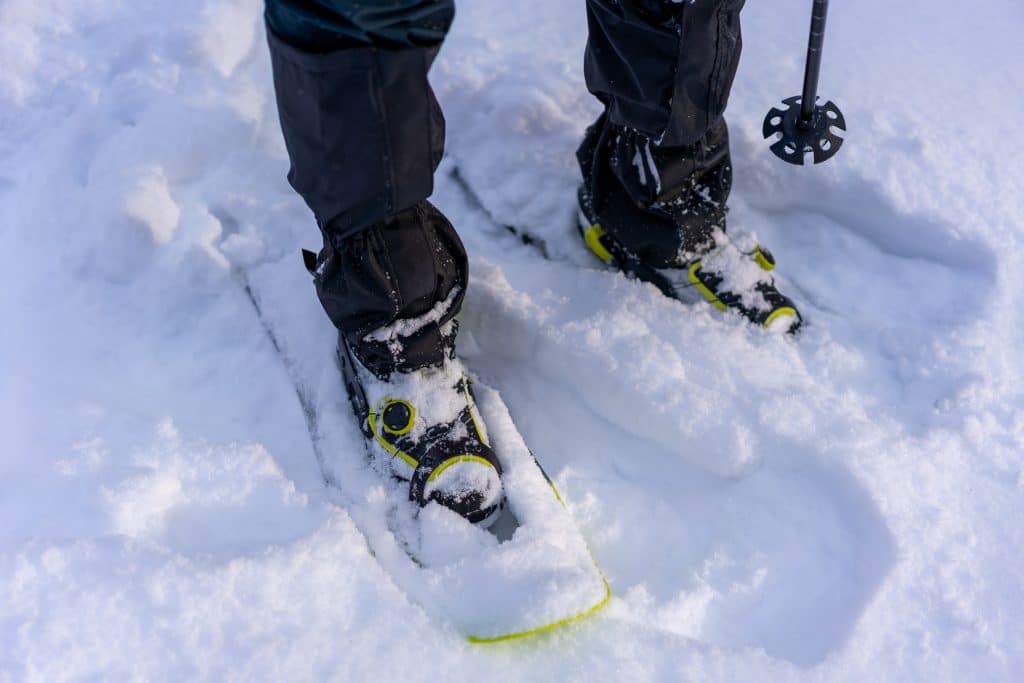
Snowshoeing has remained a popular winter activity since its early origins in prehistoric times. It is an easy form of transportation that you can use on various terrains and snow depths, opening up landscapes to all adventurers. Evidence of snowshoes carved from wooden frames with leather lacing and fur overlay was discovered in Central Asia, dating back as far as 6000 BCE. In North America and Europe, Indigenous People fashioned snowshoes out of raw materials and animal hide, which allowed them to travel much more efficiently than without the aid of these tools.
Snowshoes have advanced significantly over the centuries with improved designs for varying activities such as mountaineering and flat terrain treks – from Ojibwe-style shoes made from caribou sinew to the more modern steel-edged aluminum frames. Snowshoeing is a magical way to explore wintery landscapes during the colder months. It continues to evolve and will inspire new generations of snowy wanderers for years to come.
Everything You Need To Know About Snowshoeing
Now that you have some background information on snowshoeing history let’s talk about what you need to know. Below will discuss the equipment you need to enjoy this winter activity and tips for selecting and using your gear.
Getting The Right Type Of Snowshoes
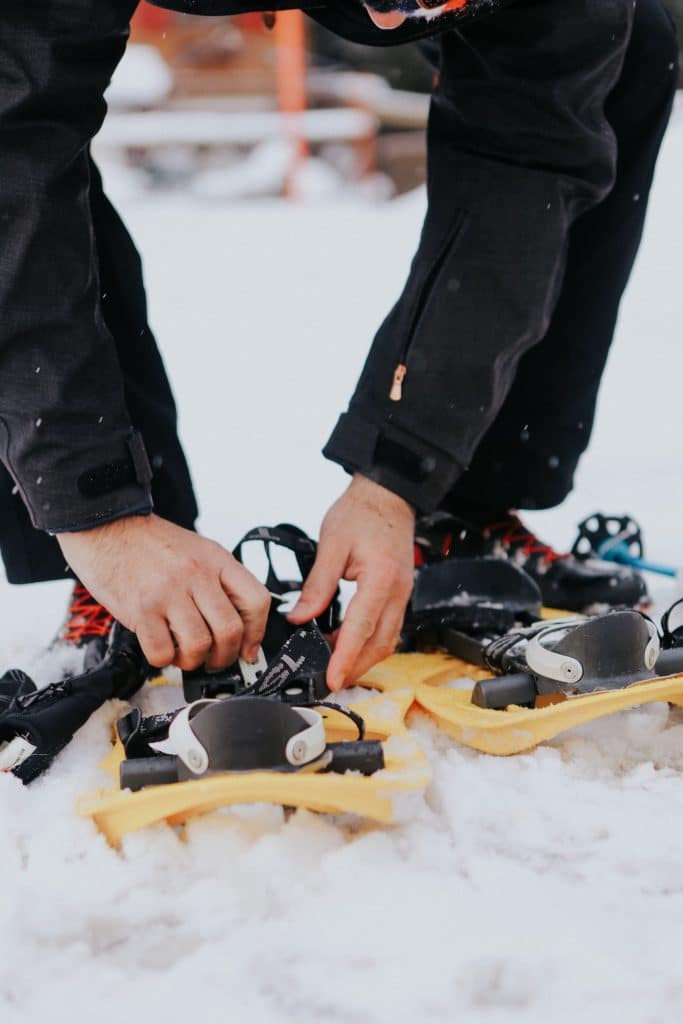
Choosing the right pair is important to ensure optimal safety and enjoyment while snowshoeing. Depending on where you live, the first concern should be what type of terrain you plan to traverse. If it’s mainly flat, lighter snowshoes will do just fine. However, heavier snowshoes are ideal for providing extra grip and stability in more challenging conditions, such as steeper hills or fresh powdery slopes.
Be sure to find a size that fits appropriately on your feet – too small can be uncomfortable and painful (not to mention dangerous), whereas too large can reduce maneuverability and cause fatigue easily. Also, consider weight capacity, surface traction, bindings type/adjustment/tension, and sole material/design. These characteristics can heavily affect your experience, depending on the context. Ultimately having the correct pair allows for maximum ease and comfort so you can enjoy the wonders of Mother Nature in full!
Gear To Wear When Snowshoeing
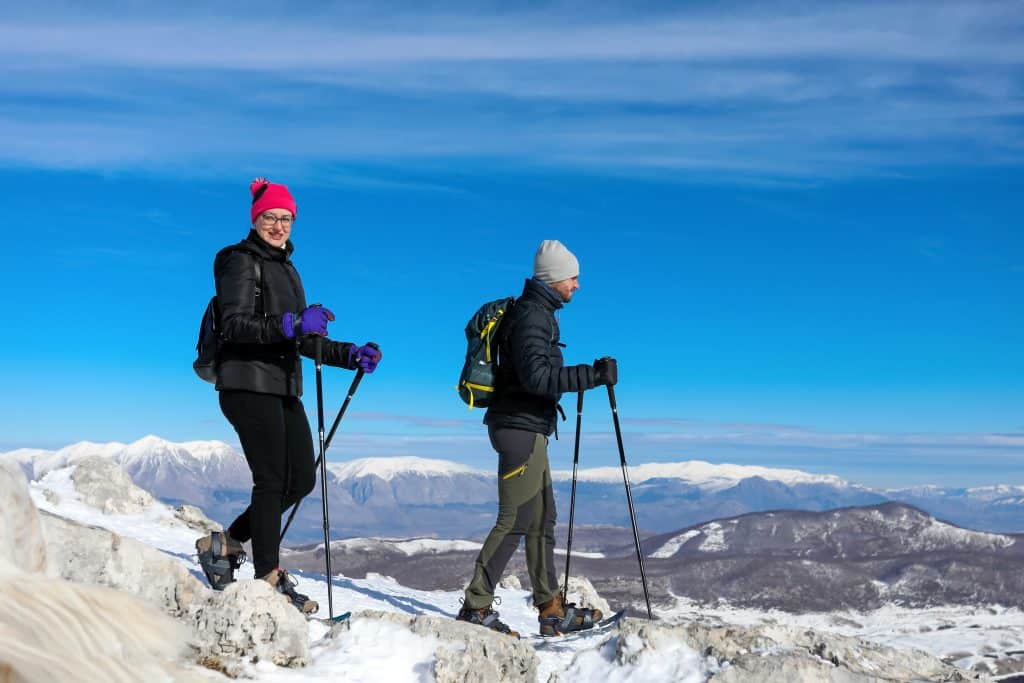
When snowshoeing, wearing the right gear is critical for a safe and enjoyable experience. Layering insulation pieces such as a base layer, mid-layer, and shell will keep you warm in cold weather. In addition, waterproof boots with insulated liners are critical for protecting your feet against moisture and the chill of wet snow.
Durable winter pants provide insulation and freedom of movement without restricting any mobility. Specific snowshoeing gear should also be considered, such as poles for balance, gaiters to keep feet dry, gloves or mittens to prevent frostbite, and waterproof jackets with adjustable hoods to help maintain warmth on cold days. Whether you are a beginner or an experienced trekker, these items will ensure a successful snowshoeing trip.
Where Can I Snowshoe?
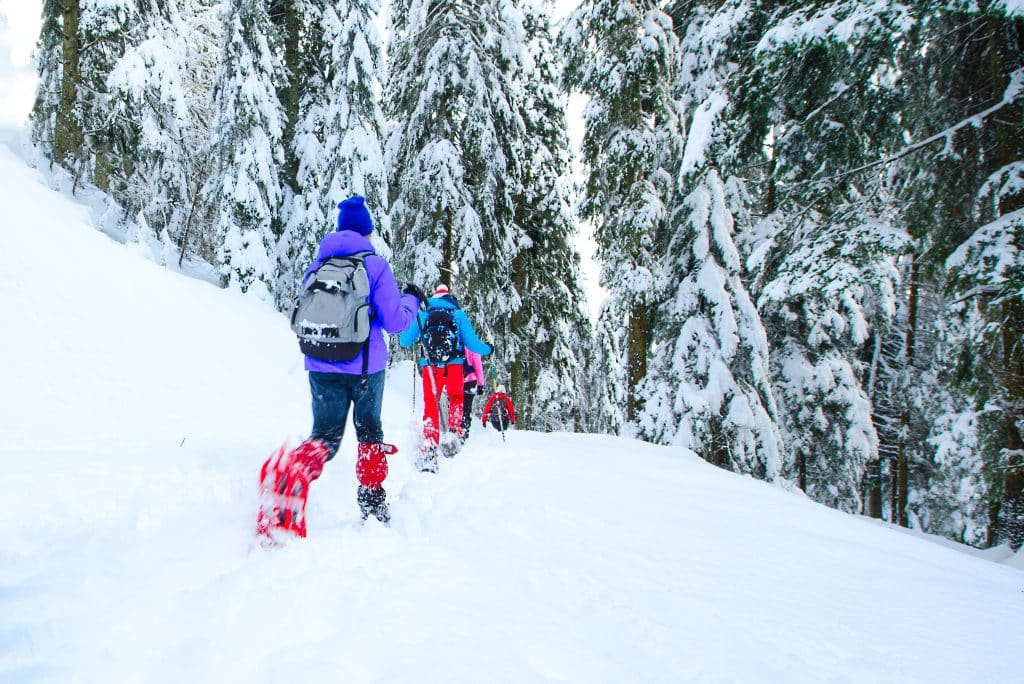
Snowshoeing is an exciting way to explore nature throughout the winter. However, to get started, it helps first to understand where you can go. From mountain ranges and their rolling slopes to idyllic glades hidden in local parks – you can enjoy snowshoeing almost anywhere that snow collects and remains somewhat consistent across seasons. No matter what terrain adventurers seek out when it comes to snowshoeing: there’s no shortage of exciting places for you to explore!
How Do I Snowshoe?

Snowshoeing can be intimidating for those who are new to the activity. However, the process is relatively straightforward. Once you have your snowshoes and are ready to go, you will want to ensure that the straps of the shoes fit securely on your feet so that you won’t risk getting them loose during your hike.
When walking, take slightly larger strides for gravity to give you some leverage as you traverse even deep snow; also, pay attention to where your hiking pole tips land, as it will help maintain a steady gait. Finally, as you snowshoe more and become comfortable with it, try going more uphill instead of just keeping to flatlands – this way, you can further enjoy the scenery provided by nature!
Safety Tips
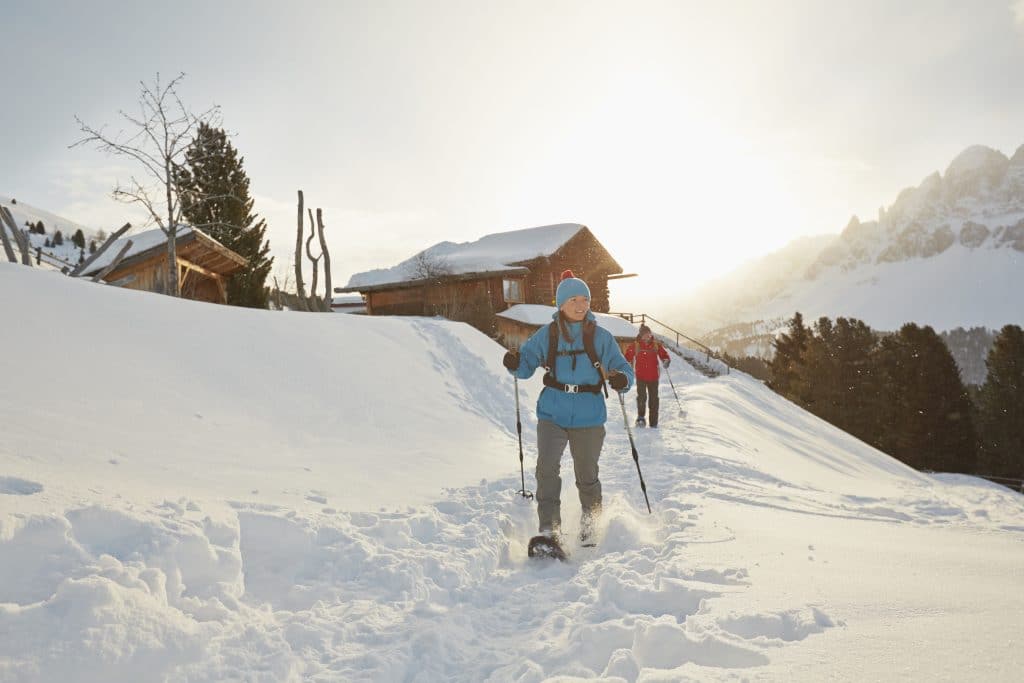
Snowshoeing can be a great activity to provide an excellent total-body workout, but it is crucial to take the proper precautions and stay safe. Although you can do this activity in challenging terrain, non-technical snowshoe trails are generally great for beginners.
As mentioned above, wear layers of clothing appropriate for weather conditions and dress in bright colors to improve visibility in the snow. Opt for areas with fewer obstacles, such as trees, that could create a hazardous situation when selecting a location to snowshoe. In addition, read any signs that may provide information on dangerous terrain or material hazards such as cliffs and avalanche areas.
If you venture off the beaten path, map reading skills are essential for finding your way back, so bringing a compass or GPS navigation device with you is advisable. Most importantly, let people know when and where you plan on going out, including estimated return time – even experienced hikers may get lost or find themselves unable to finish their intended journey. If knowledge fails, intuition should take over when approaching unfamiliar territory – if something feels unsafe, don’t do it! Remember that safety is vital when snowshoeing– if followed correctly, it can be a rewarding experience!
Snowshoeing With Kids And Pets

Snowshoeing is a great way to get your whole family outdoors and explore nature, including pets and children. It’s an ideal activity for kids who love being outside, and there are very few restrictions regarding choosing the right path. They can go almost anywhere their little heart desires as long as they keep it relatively level and clear of large boulders or debris. Additionally, kids can help choose where the family goes snowshoeing.
For example, if the children want to traverse around a lake or pond, parents can scout out an appropriate route safe for everyone in the group. When it comes to pets, make sure you select trails with minimal traffic — such as ones through nearby forests — as this allows your pet plenty of space to roam free from disturbances. Lastly, always bring treats along on these outings to reward your pup for staying close by during the trip!
The Bottom Line
In conclusion, snowshoeing is a fun, family-friendly activity that allows you to experience nature in the winter! Whether you’re looking for a full-body workout or want to enjoy some scenic views and fresh air with friends and loved ones, snowshoeing has something for everyone. Always be safe and informed when exploring the great outdoors in snowshoes!


